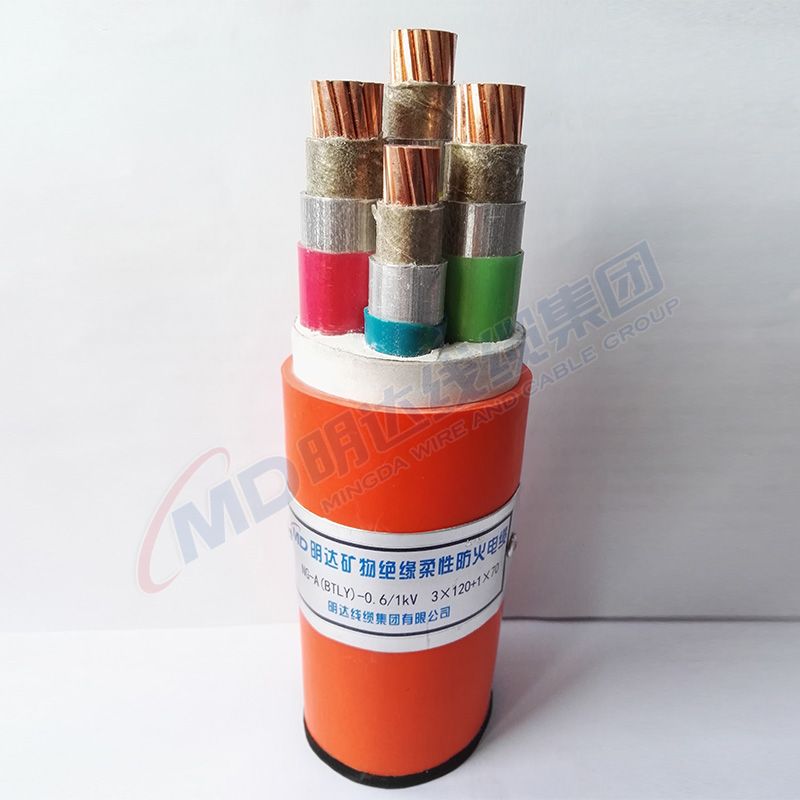Sep . 23, 2024 13:11 Back to list
Understanding the Benefits and Applications of Rubber Expansion Joints in Industrial Systems
Understanding Rubber Expansion Joints
Rubber expansion joints are critical components used in various piping systems and structures. They play an essential role in absorbing vibrations, accommodating pipe movement, and minimizing stresses caused by thermal expansion and contraction. These joints are designed to enhance the longevity and efficiency of piping systems in industries ranging from manufacturing and power generation to water treatment and HVAC systems.
What Are Rubber Expansion Joints?
Rubber expansion joints are flexible connectors made from elastomeric materials, often reinforced with fabric or metal. This combination provides the necessary elasticity and strength to handle movement in piping systems. They are specifically designed to absorb the thermal expansion of pipes caused by temperature fluctuations, as well as vibrations from machinery. By allowing for movement in multiple directions, rubber expansion joints prevent damage to the pipes and connected equipment.
Key Features and Benefits
1. Vibration Isolation One of the primary functions of rubber expansion joints is to dampen vibrations in piping systems. This is crucial because excessive vibrations can lead to pipe wear, joint failure, and even catastrophic system breakdowns. The elasticity of rubber helps to isolate these vibrations and prolong the lifespan of the entire system.
2. Compensation for Movement Piping systems often undergo thermal expansion and contraction due to changes in temperature. Without a means to accommodate this movement, pipes can warp or become misaligned. Rubber expansion joints allow for lateral, angular, and axial movements, ensuring that the pipes remain securely connected without risking structural integrity.
3. Stress Reduction The ability to absorb movements and vibrations helps in reducing stress on the piping system. By minimizing the forces transmitted to the piping, rubber expansion joints protect against fatigue and potential failure points. This stress relief is particularly important in long piping runs or in systems where high pressures are involved.
rubber expansion joint

4. Easy Installation Compared to other types of expansion joints, rubber versions are generally easier and quicker to install. They do not require extensive modifications to the existing piping system and can often be fitted in tight spaces, making them a practical choice for many applications.
5. Corrosion Resistance Rubber materials can be engineered to resist various chemicals and environmental factors. This resistance helps in extending the lifespan of the joint and maintaining the integrity of the entire piping system.
Applications of Rubber Expansion Joints
Rubber expansion joints are utilized in a wide range of applications. Common uses include
- Water and Wastewater Treatment To manage the flow of water and prevent leakage within treatment facilities. - HVAC Systems To accommodate movement and reduce noise caused by HVAC equipment. - Chemical Processing To handle corrosive substances while providing flexibility in piping layouts. - Power Generation To connect and protect pipes in power plants where high temperatures and pressures are prevalent.
Conclusion
In summary, rubber expansion joints are vital components in modern piping systems, providing flexibility, vibration isolation, and stress relief. By integrating these joints into a piping system, industries can enhance operational efficiency, minimize maintenance costs, and prolong the lifespan of their equipment. As technology and materials continue to advance, the role of rubber expansion joints will likely expand, leading to even more innovative solutions for managing piping dynamics in various sectors.
Share
-
Reliable Wafer Type Butterfly Valves for Every IndustryNewsJul.25,2025
-
Reliable Flow Control Begins with the Right Ball Check ValveNewsJul.25,2025
-
Precision Flow Control Starts with Quality ValvesNewsJul.25,2025
-
Industrial Flow Control ReliabilityNewsJul.25,2025
-
Engineered for Efficiency Gate Valves That Power Industrial PerformanceNewsJul.25,2025
-
Empowering Infrastructure Through Quality ManufacturingNewsJul.25,2025